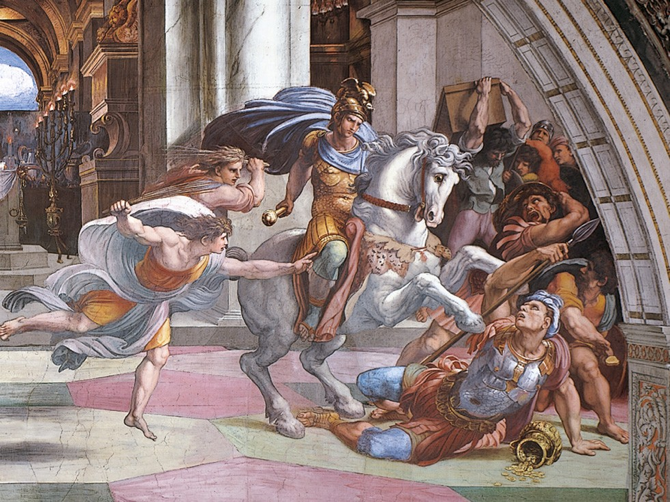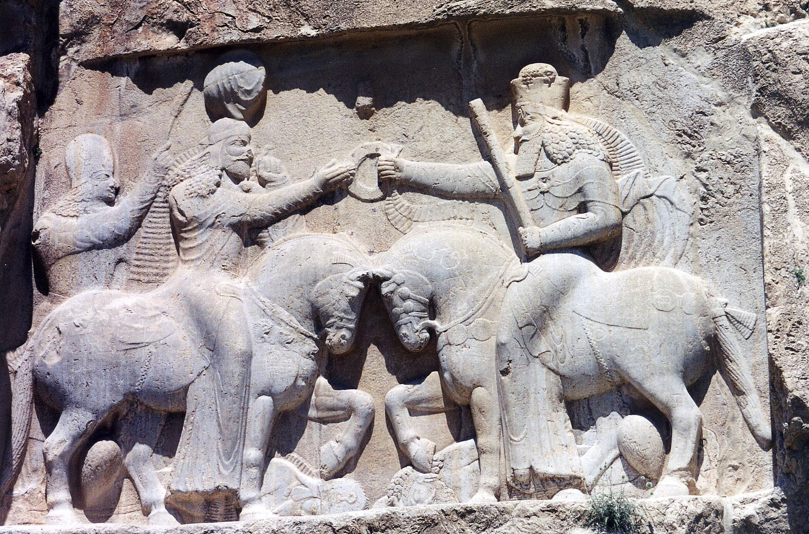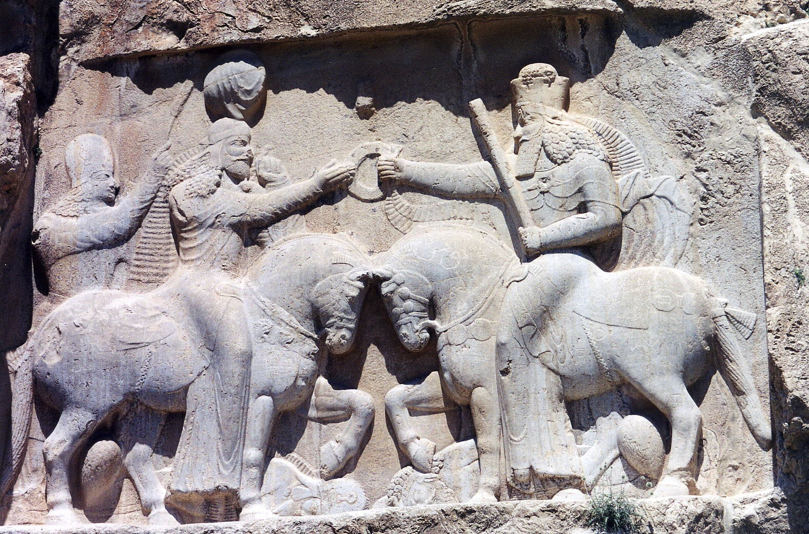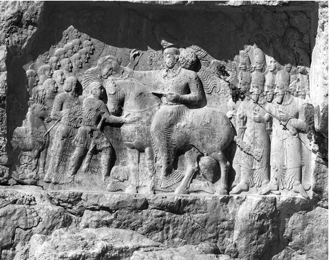
In honor of the meeting between Pope Francis and Grand Ayatollah al-Sistani in Iraq, a quick thread on a fascinating encounter in Baghdad between the head of the Babylonian Jewish academy and the Syriac Christian Catholicos almost exactly 1000 years ago.
🧵
1/7
🧵
1/7
According to a number of sources, a rabbi from Sicily named Maṣliaḥ traveled to Baghdad to study with the head of the rabbinic academy of Pumbedita, Hai Gaon (d. 1038 CE).
This was not uncommon; Baghdad was a common site for semesters abroad for both Jews and Muslims.
2/7
This was not uncommon; Baghdad was a common site for semesters abroad for both Jews and Muslims.
2/7
The rabbinic academy disagreed about the interpretation of Psalms 141:5, which is strangely redundant.
Translated literally it would read: "let my head not refuse such head-oils," i.e. "choice/great oils."
The redundancy of head(ראש)-oil on heads (ראש) required explanation.
Translated literally it would read: "let my head not refuse such head-oils," i.e. "choice/great oils."
The redundancy of head(ראש)-oil on heads (ראש) required explanation.
According to the sources: "Our Rabbi Hai, of blessed memory, ordered that Rabbi Maṣliaḥ should go to the Catholicos (הקתוליק) of the Christians and ask him what he knows about the interpretation of this verse."
Maṣliaḥ was scandalized: "It was bad in his eyes".
4/7
Maṣliaḥ was scandalized: "It was bad in his eyes".
4/7
Hai rebuked him, explaining:
"Lo, our pious ancestors of old, who are an example for us, would ask regarding language & interpretation among different religions, even among shepherds of livestock."
Hai Gaon represents dialogue with Christians to be quotidian, not exceptional.
"Lo, our pious ancestors of old, who are an example for us, would ask regarding language & interpretation among different religions, even among shepherds of livestock."
Hai Gaon represents dialogue with Christians to be quotidian, not exceptional.
Maṣliaḥ went to the Catholicos, and reported back to the rabbinic academy that Syriac Christians read the verse as "The oil of the wicked (רשיעא) should not reach his head."
And in fact, this is what we find in the Peshitta (ܡܫܚܐ ܕܪܫܝ̈ܥܐ ܠܪܝܫܝ ܠܐ ܢܕܗܢ)!
6/7
And in fact, this is what we find in the Peshitta (ܡܫܚܐ ܕܪܫܝ̈ܥܐ ܠܪܝܫܝ ܠܐ ܢܕܗܢ)!
6/7
This anecdote serves to show that interreligious contact between Jews and Christians in the medieval period was far more common than our sources often suggest.
This is now a field of growing interest in recent years, and I will link some articles below.
Fin.
This is now a field of growing interest in recent years, and I will link some articles below.
Fin.
On this encounter, see the excellent article here: academia.edu/36445488/Dubov…
On contact between early medieval rabbis and Christians, see the work of Yoni Moss (Hebrew University) published @TheJQR (academia.edu/28977727/_Fish…) and in the volume I coedited mohrsiebeck.com/en/book/jews-a….
On contact between early medieval rabbis and Christians, see the work of Yoni Moss (Hebrew University) published @TheJQR (academia.edu/28977727/_Fish…) and in the volume I coedited mohrsiebeck.com/en/book/jews-a….
• • •
Missing some Tweet in this thread? You can try to
force a refresh














